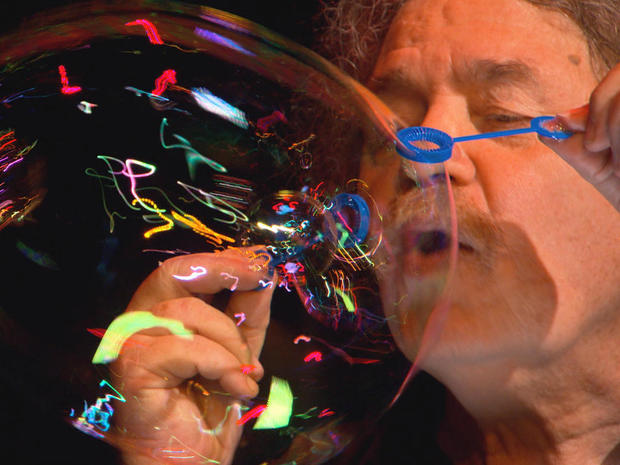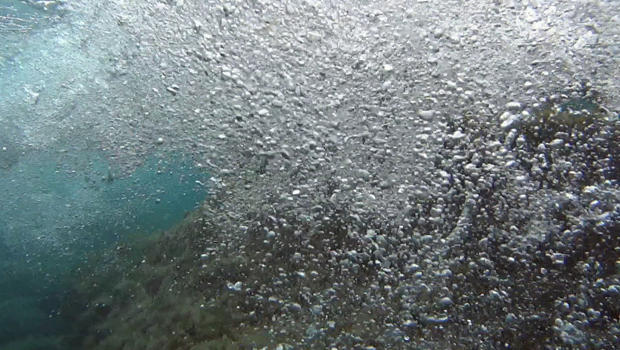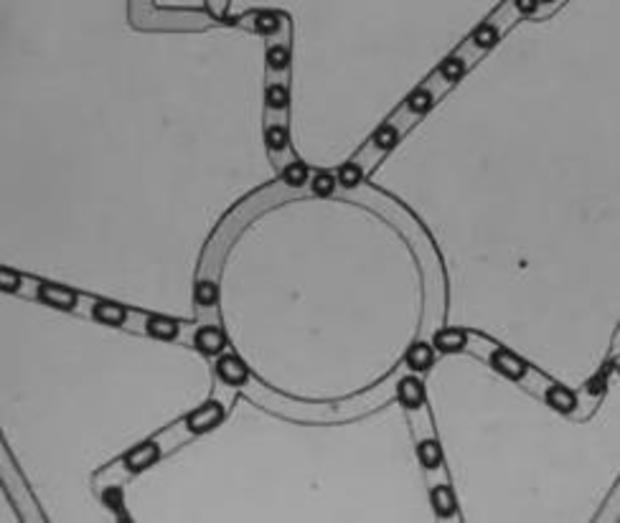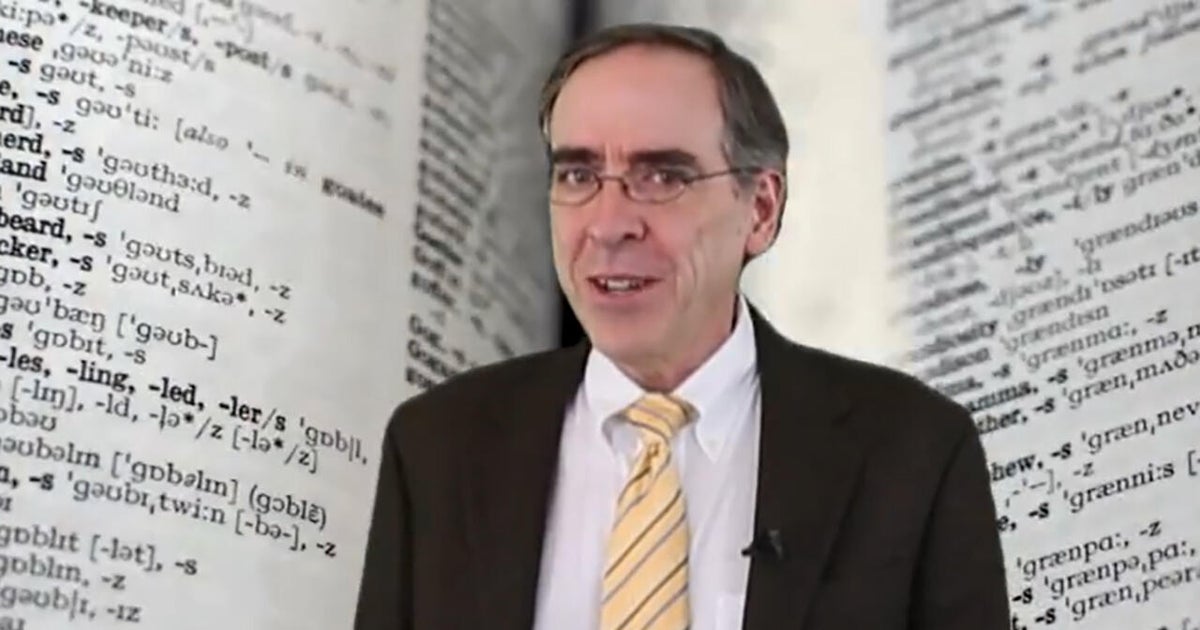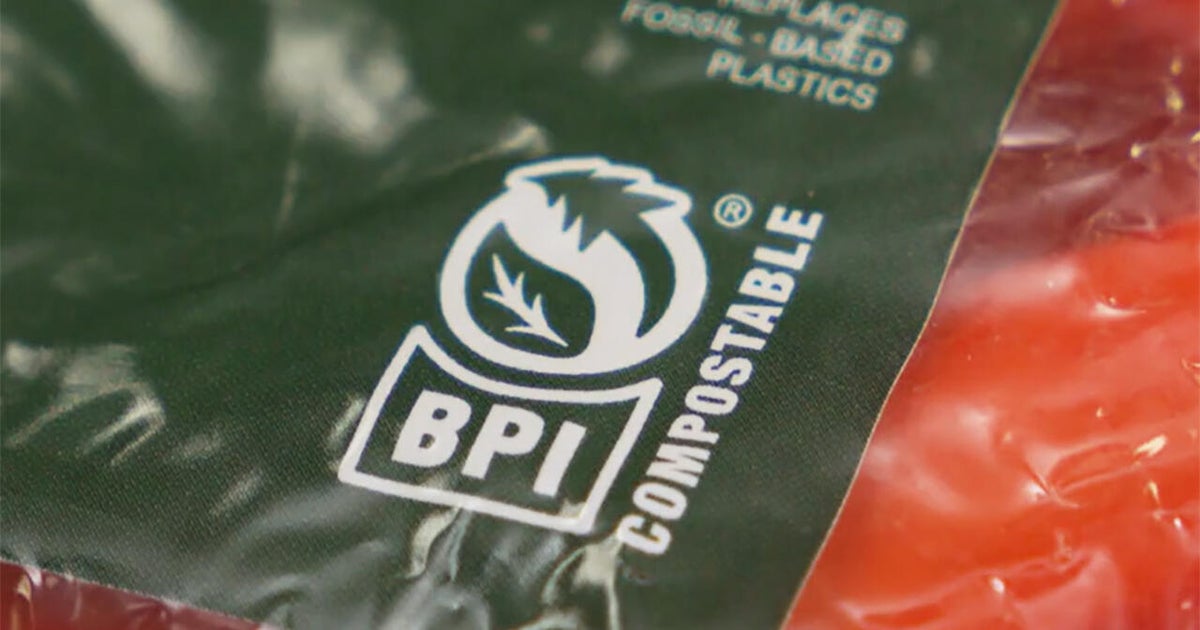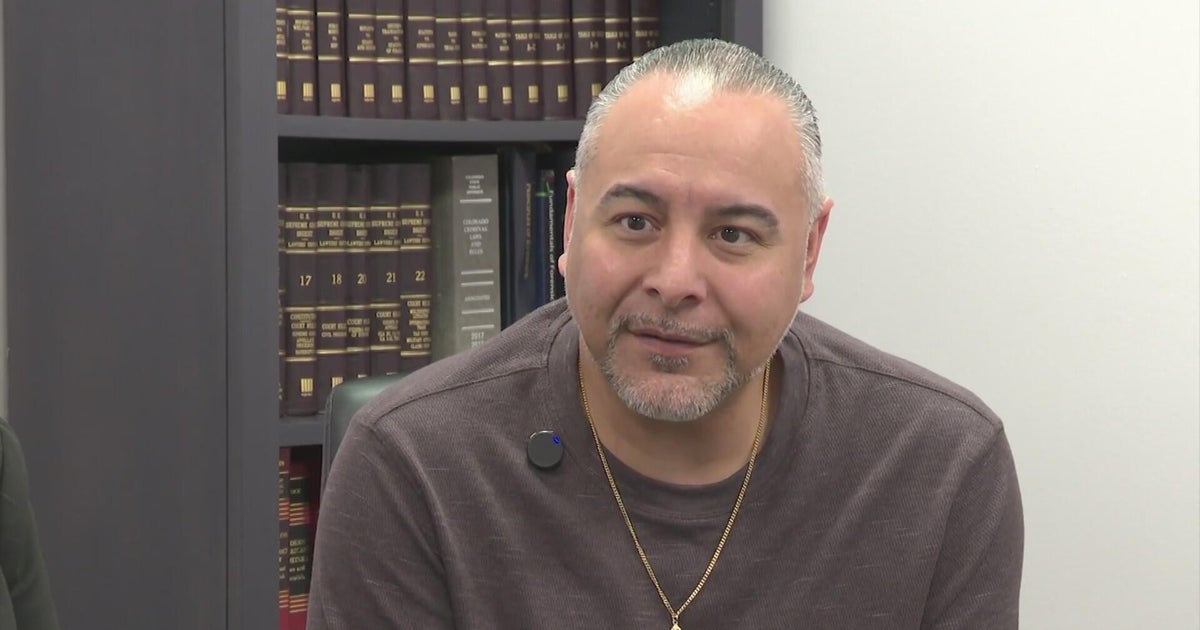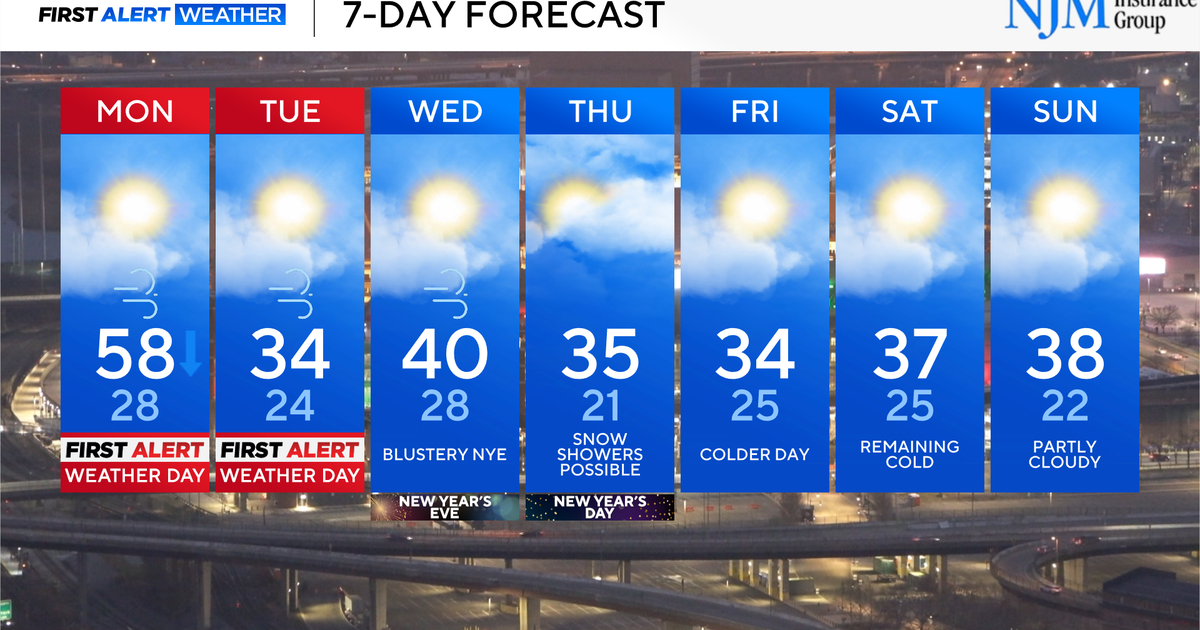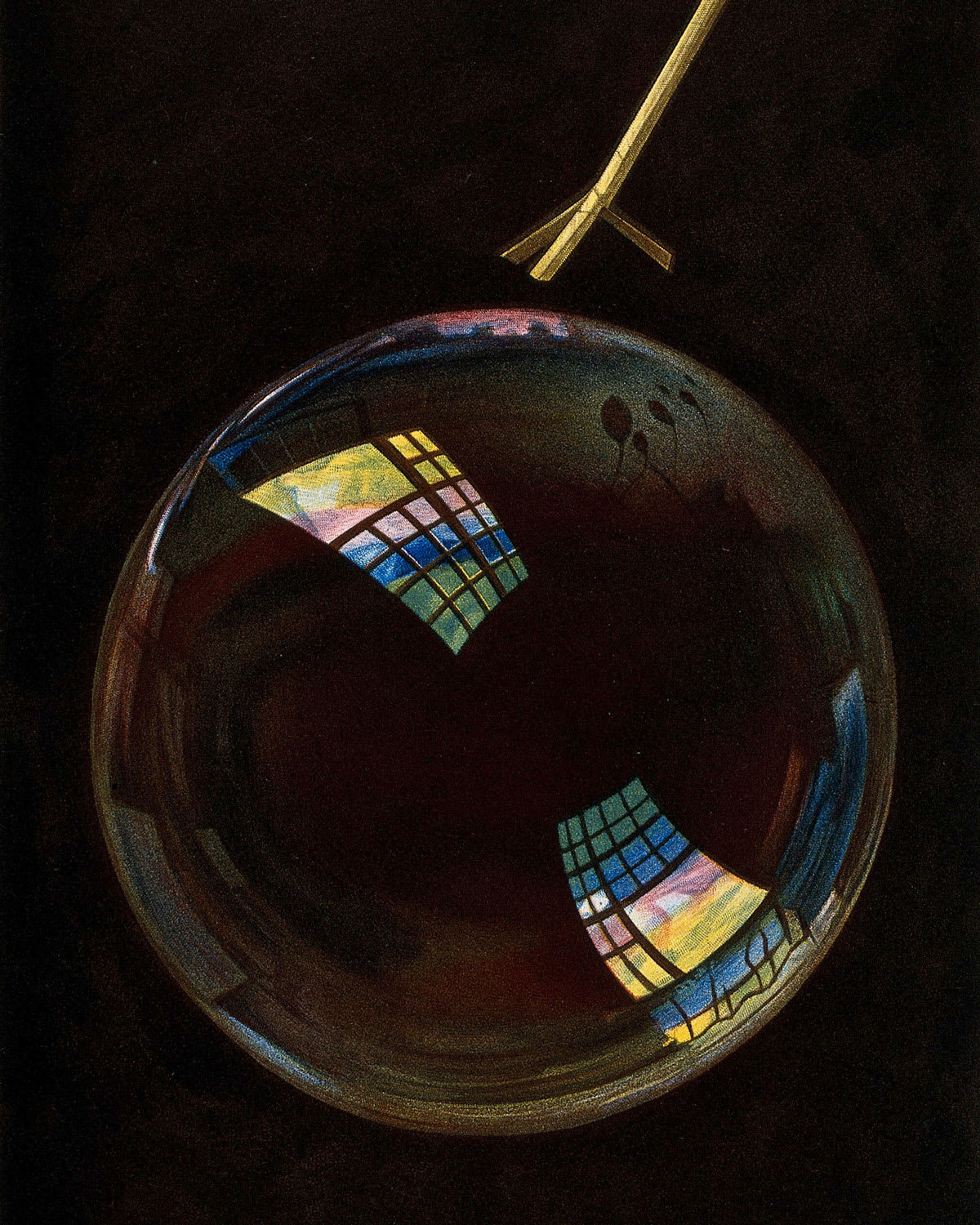The beauty and science of bubbles
As some of us may recall, bubbles (ostensibly from champagne) were a trademark of the classic Lawrence Welk TV show. But wherever you find them, bubbles are genuine "pop stars," as Faith Salie now shows us:
There is something magical about soap bubbles. They seem to defy gravity - those floating, fleeting, iridescent orbs.
"They're almost not here on the physical plane with us," said Tom Noddy. "They exist in this other 'almost not here' place," he laughed.
Noddy should know. He's one of the world's foremost bubble artists, exploring the topsy-turvy, often wonderful world of bubbles for some 40 years.
He creates bubbles inside of bubbles, smoke bubbles, clear bubbles, and more.
Along the way, he met "Sunday Morning"'s Charles Kuralt at San Francisco's Exploratorium in 1982. As Kuralt described it, "Bubbles trail away from him wherever he goes, in whatever breeze that blows. He is a wandering minstrel, and bubbles are his song."
Thirty-five years later, that "wandering minstrel" wandered back to the Exploratorium to show Salie his latest creations, like a bubble "volcano."
"My initial attraction was just the beauty," Noddy said. "The colors were so beautiful, the spheres were so nearly perfect. I didn't have a background in science. When I went to college, I majored in anti-war demonstrations, you know? I mean, really! But the only guys that knew anything about what I was doing were scientists."
Spend a minute or two with Noddy and you realize what really blows him away isn't the beauty, but the complexity of the lowly bubble.
He describes a soap bubble as a network: "It's an electrical network, isn't it? It's molecules in space … and they're linked to each other electrically. Which is to say, one end of a soap molecule is attracted to a nearby water molecule electrically. The bubble is this network. The whole thing is inter-dependent. If I were to separate a couple of molecules right here, just a couple of distances apart from each other, the entire network will come apart."
Or in other words … pop!
For years bubbles have been a staple of children's entertainment. But today you are just as likely to find them in the lab as you are at the playground. In professor James Bird's lab at Boston University, lots of experiments are bubbling away.
"Bubbles are important because they transport gases into liquids and liquid into gases," he said.
"They can affect the way that we might perceive or smell certain beverages, like champagne -- the aroma and the flavor is enhanced by having small bubbles that are able to, when they pop, make tiny jets that break up into little droplets."
Taste ice cream -- you're eating bubbles! When you "churn" ice cream, you are folding air into it. Without bubbles, ice cream would be hard as ice.
When you hear waves crashing, you're actually listening to bubbles form.
"Not many people know that the sound of the surf, the tinkling fountain, the babbling brook, the rushing waterfall, all those sounds are bubbles," said Grant Deane of the Scripps Institute of Oceanography at UC San Diego. He counts bubbles in the ocean and in sea ice by, believe it or not, listening to them.
"Every time a bubble is formed, it makes a pulse of sound, these musical tones," Deane said. "It's like hitting a bell with a hammer. It radiates this pulse of sound."
The sound a bubble makes depends on its size.
"As the bubbles get smaller and smaller, they radiate higher and higher tones," said Deane. "And so it's from the tone, the frequency that we can figure out the size of the bubble."
The more bubbles you have, the louder the surf is. By measuring tiny bubbles in the vast sea, Deane says we can understand the workings of our oceans.
"Bubbles lie at the heart of everything that's going on at the ocean's surface," he told Salie. "When a wave breaks, the bubbles are pushed into the water. As they do that, they help transfer gases from the atmosphere into the ocean. About a third of all the carbon dioxide we produce ends up in the ocean. And bubbles help carry it there."
There's no doubt bubbles connect our world in ways large and small, from the bubbles of oxygen that fill our lungs to the bubble wrap that keeps our packages safe.
At MIT, scientists have built computers that use bubbles in circuits instead of electrical pulses to convey information.
Doctors are now even using microscopic bubbles to administer medicine -- popping them with ultrasound to precisely deliver drugs.
So the next time you see a bubble, take a minute to appreciate its delicate shape, its color, its mysteries … all before it pops!
"I had this memory of being with my aunt, who I loved, you know, and watching her blow some bubbles in sunlight, and my heart fluttered when I watched her," said Noddy. "There's mathematics to it -- it can be explained and discussed -- but it's just, there's something beautiful about that."
For more info:
